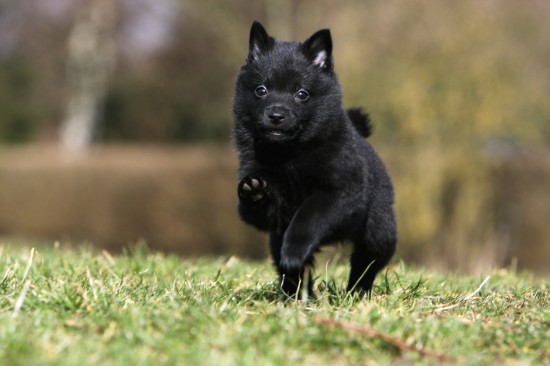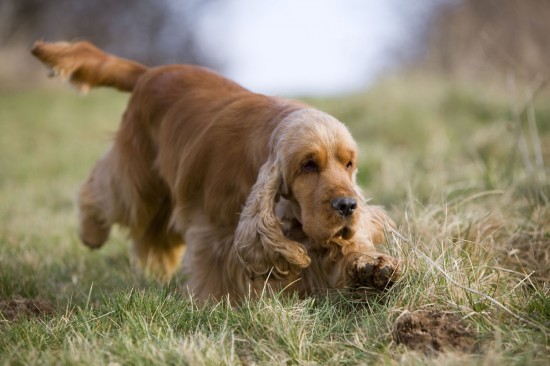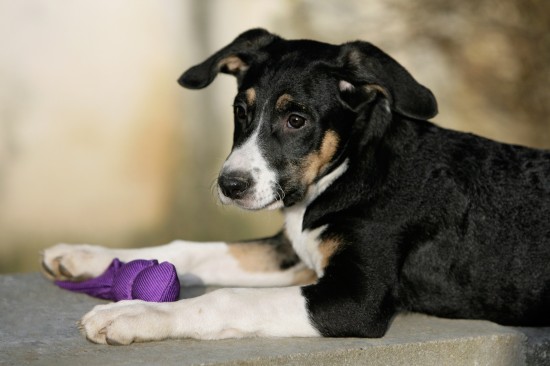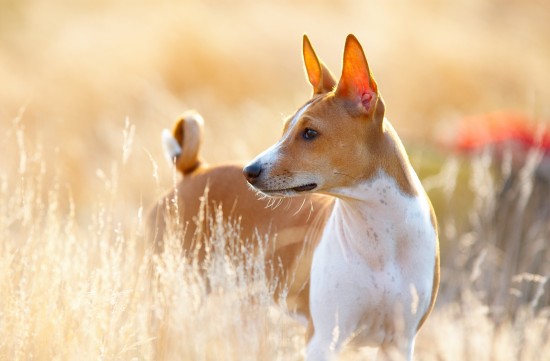
Article reveals an introduction to the British Shorthair cat breed - behavior, characteristics, health problems and grooming needs.
To many, the British Shorthair is a the epitome of a lazy feline, one who loves to relax. This misrepresentation owes itself to the plump body of the British Shorthair. In actual fact, the British Shorthair is actually a cat that was common in farms and is acknowledged for its skill in trapping and hunting mice and other small rodents.
History - Created in the nineteenth century, the British Shorthair became a very popular cat to own, that is until the mid twentieth century, when other unique breeds began to emerge. A few British Shorthair enthusiasts continue tirelessly to ensure this breed does not die out. It wasn't until the late twentieth century, that these wonderful cats were introduced in the United States, where cat fanciers became enthralled with their unusual personality and size.
Appearance - There are a variety of colors and one shade was so popular; it was the only shade and color credited by cat associations for years to come. British Blue was the name of the color of choice, but after World War II, this distinct color of British Shorthairs almost became nonexistent.
Enthusiasts of this breed, wanted to preserve conserve the unique blue hue, bred the remaining blue shorthairs with Blue Persians. This created an increase in the gene pool and literally saved the specific shade from utter elimination. There are different colors to choose from which consist of white, bi-colors, smoke, totoiseshell, point colors with orange or blue eyes.
The British Shorthair has a roundish head and wide cheeks as well as a thick and relatively short tail. The British Shorthair, also known for its stockiness, is a large specimen of cat weighing in at a substantial nine to eighteen pounds.
British Shorthair Cat Behavior and Characteristics - Referred to as the "four feet on the ground" cat, the British Shorthair is not one for constant offerings of affection. This breed behavior is highly content to go about its day doing its own thing. The British Shorthair is not suitable for those who desire friendly felines as this breed is not as socially inclined. You are ale to easily satisfy the breed's emotional needs by keeping its food bowl filled and the cat can look after its own entertainment. There is little need to cuddle or entertain this breed in order to keep them content.
As the British Shorthair doesn't need constant attention, it is a good choice for a family with limited time on their hands.
British Shorthair Cat Health Problems - With the British Shorthair having so many ancestors contributing to the gene pool, this large breed is very healthy overall, with only one flaw that requires consideration.
Type A Blood is the common blood type of domestic cats; but, the British Shorthair might have a rare blood type, Type B blood. It is an issue of concern should an operation be needed one day. You should have your local vet check you British Shorthair's blood type to ascertain if it is a rare blood type, to decrease the chances of confusion late on.
It is easy to care for and groom your British Shorthair. With the texture of their coat being rough and thick, a once a week combing should be sufficient to remove loose hairs and particles of dirt.
If your short on time, but still want a cat, the unassuming, self contained personality of a British Shorthair is definitely worth looking in to. It's sure to be a perfect fit.
Article Tags: British Shorthair, Blood Type
 Is A Schipperke The Right Dog For You?
Is A Schipperke T
Is A Schipperke The Right Dog For You?
Is A Schipperke T
 All About Syringomyelia In Dogs
All About Syringo
All About Syringomyelia In Dogs
All About Syringo
 Patellar Luxation In Dogs
Patellar Luxation
Patellar Luxation In Dogs
Patellar Luxation
 Is There Such A Thing As An Odourless Dog?
Is There Such A T
Is There Such A Thing As An Odourless Dog?
Is There Such A T
 All You Need To Know About Ulcer In Horses
All You Need To Know About Ulcer In Horses
Ulc
All You Need To Know About Ulcer In Horses
All You Need To Know About Ulcer In Horses
Ulc
Copyright © 2005-2016 Pet Information All Rights Reserved
Contact us: www162date@outlook.com